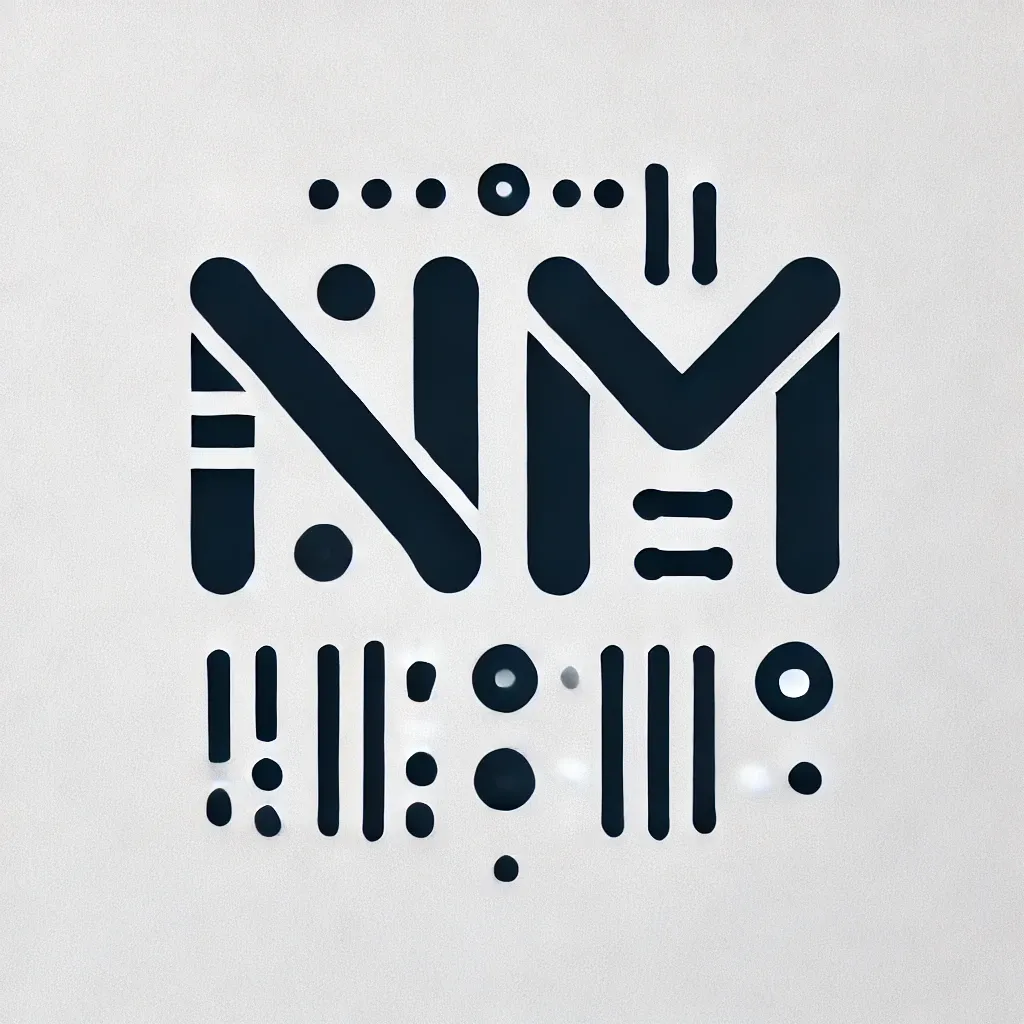Apache Kafka KSQL: Real-Time Stream Processing
"Apache Kafka KSQL enables real-time data ingestion and processing through its user-friendly SQL-like interface. With its simplicity and powerful features, KSQL is perfect for building real-time data pipelines and monitoring systems."

Introduction
Apache Kafka is a powerful streaming platform that enables real-time data ingestion and processing. One of the key components of Kafka is KSQL, a versatile and user-friendly stream processing solution. With KSQL, you can transform and analyze data from Kafka topics in real-time, making it an essential tool for building real-time data pipelines, monitoring systems, and more.
What is KSQL?
KSQL is an open-source SQL-like stream processing framework built on top of Apache Kafka. It allows you to write queries and transformations on streaming data using a familiar SQL syntax. With KSQL, you can perform powerful data transformations, aggregations, filtering, and joins, all in real-time.
One of the key advantages of KSQL is its simplicity. If you're familiar with SQL, you can start using KSQL without having to learn a new programming language or complex stream processing frameworks. KSQL abstracts away the complexities of stream processing, making it accessible to a wider range of developers and data analysts.
Setting up KSQL
Before you can start using KSQL, you'll need to set it up on your Kafka cluster. Here's a step-by-step guide to getting started with KSQL:
- Ensure that you have a running Kafka cluster.
- Download and install the KSQL server.
- You're now ready to start using KSQL!
Connect to the KSQL server by running the following command:
ksql http://localhost:8088Start the KSQL server by running the following command:
ksql-server-start config/ksql-server.propertiesWorking with KSQL
Once you have KSQL set up, you can start writing queries and transformations on your Kafka topics. Here are some key concepts and features of KSQL:
1. Streams
In KSQL, a stream represents an unbounded sequence of records. You can think of a stream as a continually updated table, where new records are appended in real-time. Streams can be created from Kafka topics, and you can perform a wide range of operations on them, including filtering, joins, aggregations, and more.
2. Tables
A table in KSQL represents a result set of a query. Unlike streams, tables have a finite number of records and can be updated with new values. Tables are useful for performing aggregations, windowed joins, and maintaining stateful data.
3. Queries
KSQL queries allow you to perform operations on streams and tables. You can write queries using the familiar SQL syntax, making it easy to express complex transformations and aggregations. KSQL supports a wide range of SQL operations, including filtering, transformations, joins, aggregations, and more.
4. Schemas
In KSQL, every stream and table has a schema that defines the structure of the data. KSQL uses a defined schema to ensure that the data being processed is in the expected format. You can specify the schema of a stream or table when creating it, or let KSQL infer the schema from the data.
5. Continuous Queries
One of the powerful features of KSQL is the ability to run continuous queries. Continuous queries continuously consume new records as they arrive, allowing you to perform real-time transformations and aggregations on your data. This is especially useful for building real-time monitoring systems, anomaly detection, and more.
KSQL Use Cases
KSQL has a wide range of use cases across different industries and domains. Here are some common use cases of KSQL:
1. Real-Time Monitoring
KSQL can be used to monitor real-time data streams and generate alerts or notifications based on predefined rules. This is useful for monitoring system metrics, detecting anomalies, and taking proactive actions in real-time.
2. Real-Time Analytics
KSQL enables real-time analysis of streaming data. You can perform aggregations, filtering, and transformations on data as it flows through Kafka topics, allowing you to gain valuable insights and make data-driven decisions in real-time.
3. Fraud Detection
KSQL can be used to detect fraud in real-time by analyzing streaming data from various sources. By writing queries that identify patterns and anomalies in the data, you can build real-time fraud detection systems that can take immediate action when fraudulent activities are detected.
4. Real-Time Data Pipelines
KSQL can be used to build real-time data pipelines that transform and enrich data as it flows through Kafka topics. This is useful for building complex event processing systems, data integration, and data synchronization across different systems.
Conclusion
Apache Kafka KSQL is a powerful tool for real-time stream processing. With its SQL-like syntax and powerful features, KSQL makes it easy to transform, analyze, and process streaming data in real-time. Whether you're building real-time monitoring systems, performing real-time analytics, or detecting fraud, KSQL can help you build robust and scalable solutions. So why wait? Start exploring the world of real-time stream processing with Apache Kafka KSQL today!


